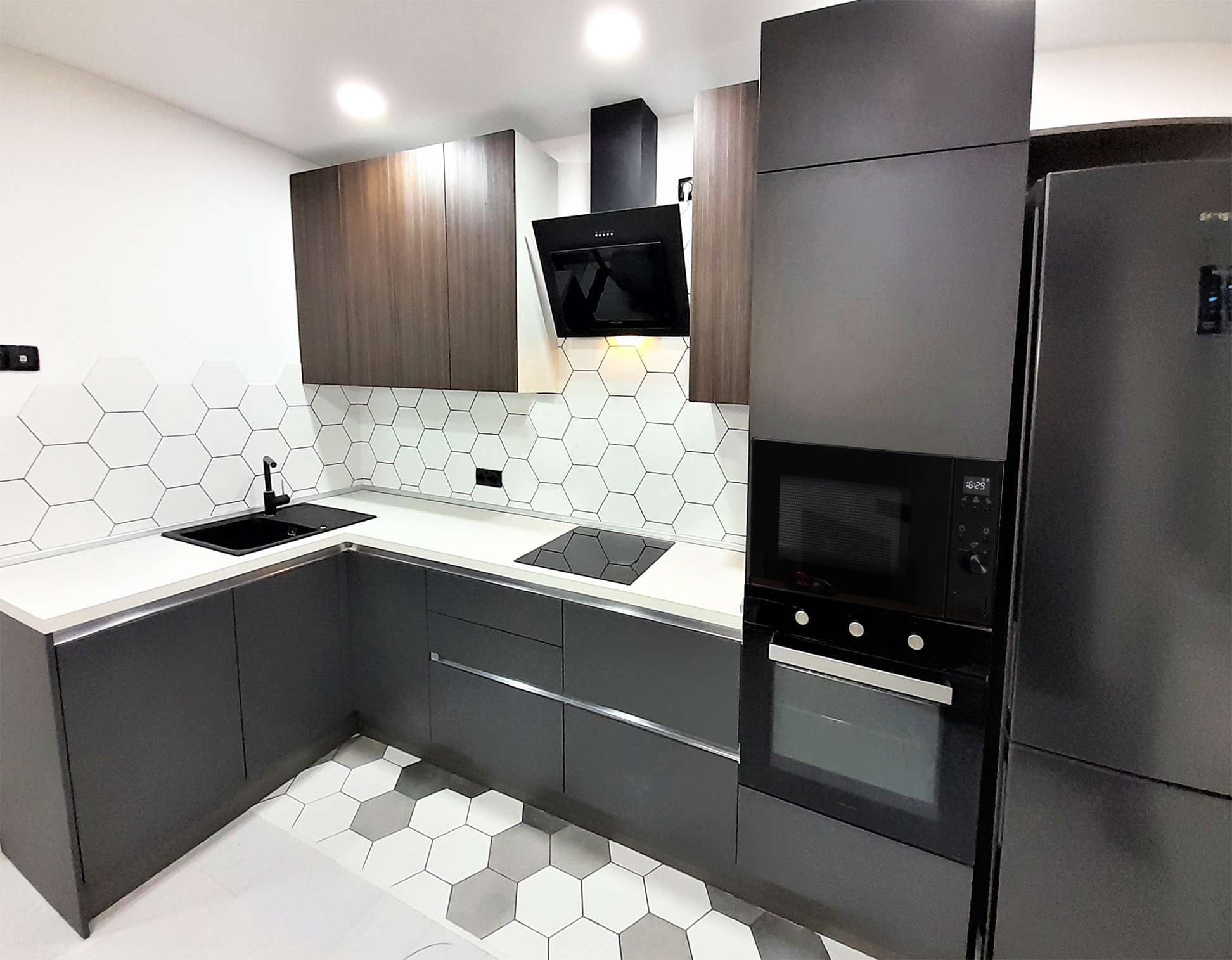
Culinary Spaces Redefined: Innovation at the Heart of the Kitchen
The Transformation of the Modern Kitchen
Over the past several decades, the role of the kitchen in the home has evolved significantly. Once seen as just a place to cook and prepare meals, the kitchen has become a central hub for family gatherings, entertainment, and a reflection of cultural shifts towards healthier living and personalized spaces. The drive for innovation in kitchen design and technology has led to the transformation of this space into a versatile, multi-functional area that redefines the culinary experience.
Technology Integration in Culinary Spaces
Smart technology has become an essential ingredient in the modern kitchen. From smart ovens that can be controlled with a smartphone to refrigerators that can track expiration dates and create shopping lists, technological advancements are streamlining the cooking process. Interactive touch screens, voice-controlled devices, and AI-powered assistants are also being integrated into kitchen appliances and systems, making it easier to access recipes, cooking tutorials, and to automate various tasks.
Eco-Friendly Kitchen Innovations
Sustainability is at the forefront of modern kitchen design with a growing emphasis on materials and practices that reduce environmental impact. Innovations include energy-efficient appliances, composting solutions, and systems that manage waste more effectively. Recycled materials and eco-friendly products are also being incorporated into the design of cutlery, cookware, and surfaces, aligning culinary spaces with a greener ethos.
Design Trends in Culinary Spaces
As kitchens become extensions of living spaces, the aesthetic appeal of culinary environments has grown in importance. Open floor plans that blend cooking areas with living rooms, innovative storage solutions that maximize space, and personalized decor that reflects the homeowner's style are pivotal in today's kitchen design trends. Functional yet beautiful elements like farmhouse sinks, statement lighting, and bold backsplashes make the kitchen more inviting and fun to cook in.
The New Social Kitchen
In many homes, the kitchen has morphed into a social space where hosts and guests can interact during meal preparation. Larger islands and bar-style seating encourage conversation and collaboration, while amenities like wine fridges and built-in coffee bars accommodate a variety of social encounters. This trend speaks to the broader theme of the kitchen being redefined as a space not just for cooking, but for connection and socialization.
Culinary Education Within Home Boundaries
The rise of cooking shows and culinary influencers has sparked an interest in home cooking and the acquisition of gastronomic expertise. Modern culinary spaces often include features that facilitate learning, such as integrated screens for following along with cooking classes, specialty appliances for advanced techniques, and adaptable spaces that can transform into a workshop for home chefs looking to hone their craft.
Conclusion: The Future of Culinary Spaces
As we look towards the future, culinary spaces will continue to adapt and evolve in response to changing lifestyles, technologies, and values. Innovative features that cater to convenience, sustainability, social interaction, and education will become standard, allowing individuals and families to craft unique and dynamic kitchen environments. The redefinition of culinary spaces is not only changing the way we cook but also the way we live, gather, and interact with our food and each other.
``` This structured HTML content provides the textual layout for an article titled "Culinary Spaces Redefined: Innovation at the Heart of the Kitchen," with headings and paragraphs describing the different aspects of modern kitchen innovation.